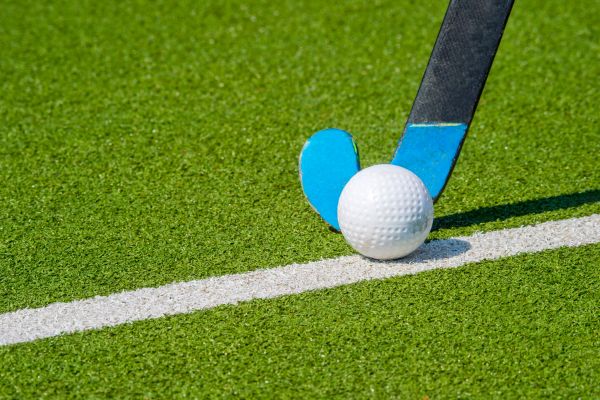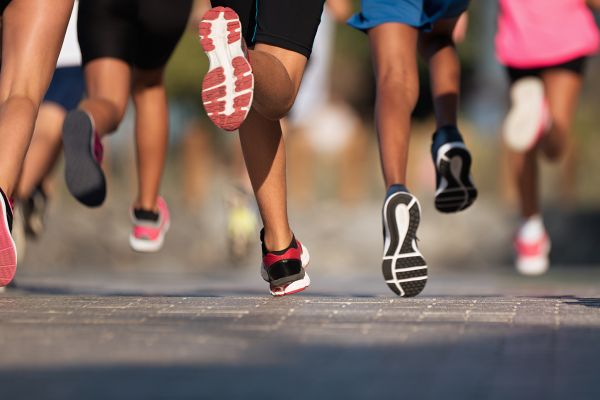Hockey is a sport that demands exceptional physical fitness, explosive power, and agility. While on-ice practice is crucial, the importance of hockey dryland training cannot be overstated. For players aiming to elevate their game, building strength and conditioning off the ice plays a pivotal role. This article explores how dryland training helps hockey athletes achieve peak performance and provides insights into developing an effective regimen.
Understanding Hockey Dryland Training
Dryland training refers to off-ice exercises designed to enhance the physical attributes essential for hockey. Since the sport requires players to skate at high speeds, change direction rapidly, and maintain endurance throughout intense games, dryland routines mimic these demands without relying on ice time. Strength, balance, flexibility, and cardiovascular fitness are all developed through carefully planned workouts that target hockey-specific skills.
The Importance of Off-Ice Conditioning
Hockey dryland training bridges the gap between physical preparation and technical execution. It enables players to build the foundational strength needed for explosive skating strides, powerful shots, and effective body checks. Additionally, it reduces injury risk by strengthening stabilizing muscles and improving joint mobility. Off-ice training also allows for a greater focus on muscle groups that might not get sufficient attention during on-ice sessions, ensuring a well-rounded athletic physique.
Key Elements of Effective Dryland Training
A well-designed dryland training program incorporates several elements to address the multifaceted demands of hockey. Speed and agility drills replicate the quick bursts and lateral movements players use during games. Strength training focuses on developing lower-body power for skating, upper-body strength for puck battles, and core stability for balance on skates. Flexibility and mobility exercises prevent muscle tightness and enhance range of motion, both vital for fluid movement on the ice.
Cardiovascular conditioning is another critical component. Hockey is characterized by short, high-intensity shifts, making anaerobic endurance a priority. High-intensity interval training (HIIT) helps players sustain peak performance during repeated sprints and recover quickly between shifts.
Building Strength for Hockey Performance
Strength is the cornerstone of hockey dryland training. Players must develop powerful legs for acceleration and strong hips for skating mechanics. Squats, lunges, and deadlifts are excellent for building lower-body power, while exercises like pull-ups and push-ups enhance upper-body strength. Core training, including planks and rotational movements, improves stability and shot accuracy.
Progressive overload is essential in strength training. Gradually increasing resistance or intensity ensures continued adaptation and improvement. This principle helps players transition their off-ice gains into explosive on-ice movements.
Enhancing Speed and Agility Off the Ice
Speed and agility define a hockey player’s ability to outmaneuver opponents and respond to game situations. Off-ice drills such as ladder footwork, cone shuffles, and plyometric jumps simulate the fast directional changes required in hockey. Incorporating sprint intervals improves acceleration, while multidirectional drills refine quickness and reaction time.
Plyometric exercises, like box jumps and lateral bounds, train the neuromuscular system to generate force rapidly. This translates to more powerful skating strides and better recovery during shifts.
Flexibility and Mobility for Injury Prevention
Flexibility and mobility are often overlooked but vital aspects of hockey dryland training. Dynamic stretching before workouts prepares muscles for movement, while static stretching post-training aids recovery. Foam rolling and mobility exercises increase joint health and prevent stiffness, especially in the hips, shoulders, and ankles – areas heavily stressed during hockey.
Improving flexibility also allows players to achieve deeper skating positions and execute moves with greater range. This not only enhances performance but also reduces the likelihood of strains and overuse injuries.
Conditioning for Endurance and Recovery
Hockey players must sustain high levels of energy throughout games that are both physically and mentally taxing. Off-ice conditioning focuses on building anaerobic capacity through exercises like sprints, cycling intervals, and circuit training. These workouts replicate the stop-and-go intensity of hockey, allowing players to maintain performance late in games.
Active recovery techniques, including light jogging and stretching, support faster muscle repair and help maintain training consistency. Proper conditioning ensures players are not only faster but also more resilient during long seasons.
Designing a Balanced Training Schedule
Creating an effective hockey dryland training program requires balancing intensity, recovery, and skill development. Off-ice workouts should complement on-ice sessions, ensuring players do not overtrain. A typical schedule might include strength and power days, agility and speed drills, flexibility work, and rest periods for optimal recovery.
Nutrition and hydration also play a crucial role in maximizing the benefits of dryland training. Fueling the body with the right nutrients supports muscle growth and energy replenishment, making it easier to handle rigorous routines.
The Mental Edge from Dryland Preparation
Beyond physical benefits, dryland training cultivates mental toughness. Off-ice workouts challenge athletes to push their limits, developing discipline and focus. This mental resilience carries over to games, helping players stay composed under pressure and perform at their best when it matters most.
Visualization and mindfulness practices can be incorporated into dryland routines to further enhance mental preparation. A strong mindset complements physical conditioning, resulting in a complete hockey athlete.
Conclusion: Elevating Your Game Through Dryland Training
Hockey dryland training is not just a supplement to on-ice practice; it is a critical component of an athlete’s development. By focusing on strength, speed, flexibility, and endurance, players can transform their physical capabilities and gain a competitive edge. A well-rounded off-ice program ensures that every stride, shot, and shift is executed with greater power and precision. Embracing dryland training allows hockey players to maximize their potential and step onto the ice ready to dominate every game.



